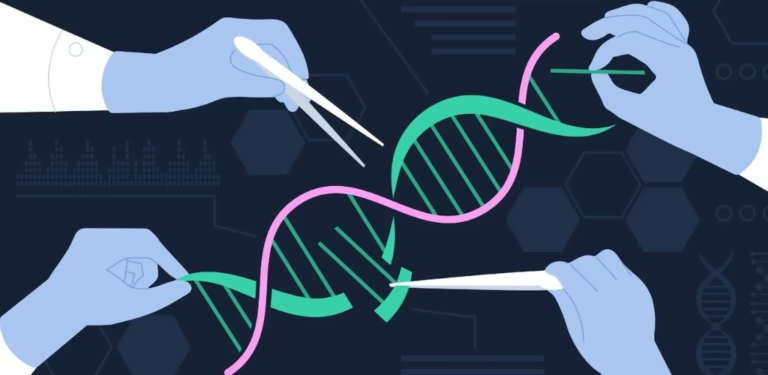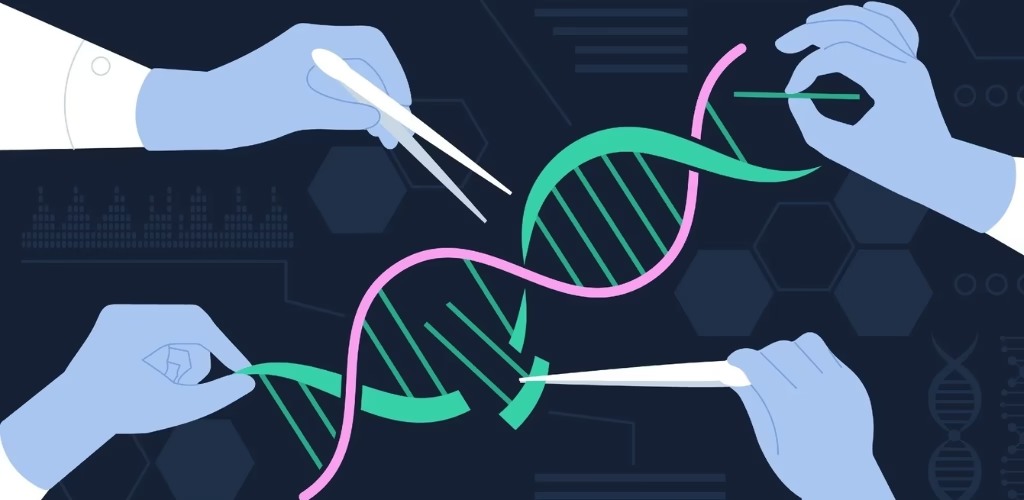The Human Genome: A Triumph of Science and Discovery
Welcome to a journey into one of the most monumental endeavors in the history of science – the Human Genome Project (HGP). In this comprehensive blog, we will delve into the intricacies of the project, its significance, achievements, and the profound impact it continues to have on our understanding of life itself.
What is the Human Genome Project?
The Human Genome Project was an international research effort launched in 1990 with the ambitious goal of mapping and sequencing the entire human genome – the complete set of genetic instructions encoded within the DNA of our species. Spearheaded by scientists from around the world, the project aimed to unravel the mysteries of human genetics and lay the foundation for groundbreaking advancements in medicine, biology, and beyond.
The Scope of the Project
3 billion base pairs of DNA, organized into 23 pairs of chromosomes in human genome. Each chromosome contains thousands of genes, which serve as the blueprints for building and maintaining the human body. The Human Genome Project sought to decipher the sequence of these base pairs and identify the genes responsible for various traits and diseases.
Key Milestones and Achievements
Genome Sequencing: One of the primary objectives of the Human Genome Project was to sequence the entire human genome – a monumental task that required the development of innovative sequencing technologies and computational algorithms. In 2003, the project achieved its goal, successfully sequencing the entire human genome with remarkable accuracy.
Gene Discovery: Through the mapping and sequencing of the human genome, scientists were able to identify and catalog thousands of genes associated with a wide range of biological functions and diseases. This wealth of genetic information has paved the way for breakthroughs in fields such as genetics, personalized medicine, and genetic counseling.
Human Genetic Variation: The Human Genome Project revealed the vast genetic diversity present within the human population. By studying genetic variation, scientists gained insights into the evolutionary history of our species and the genetic basis of traits such as susceptibility to diseases and response to medications.
Ethical, Legal, and Social Implications (ELSI): Recognizing the ethical, legal, and social implications of genomic research, the Human Genome Project dedicated significant resources to address these issues. Initiatives were launched to explore the ethical implications of genetic testing, privacy concerns, and the equitable distribution of genomic information.
Impact and Legacy
The Human Genome Project has had a transformative impact on science, medicine, and society as a whole. Its legacy extends far beyond the realm of genetics, shaping our understanding of human biology, evolution, and disease. Some of the key contributions and applications of the Human Genome Project include:
Medical Genetics: The identification of disease-associated genes has revolutionized the diagnosis, treatment, and prevention of genetic disorders and hereditary diseases. Genetic testing and screening have become invaluable tools in clinical practice, allowing for early detection and personalized treatment strategies.
Pharmacogenomics: Understanding how genetic variations influence drug metabolism and response has paved the way for the field of pharmacogenomics. By tailoring medications to an individual’s genetic profile, pharmacogenomics holds the potential to enhance drug efficacy, minimize adverse reactions, and improve patient outcomes.
Biotechnology and Agriculture: The Human Genome Project has catalyzed advancements in biotechnology and agricultural genetics. Genome editing technologies such as CRISPR-Cas9 enable precise modifications to the genetic code, offering unprecedented opportunities for crop improvement, disease resistance, and sustainable agriculture.
Forensic Science: DNA profiling techniques developed as part of the Human Genome Project have revolutionized forensic science and criminal investigations. DNA evidence has become a cornerstone of modern forensic analysis, providing crucial insights into the identity of suspects and victims in criminal cases.
Conclusion
In conclusion, the Human Genome Project stands as a testament to the power of collaboration, innovation, and scientific inquiry. By unraveling the mysteries of the human genome, this landmark initiative has illuminated the inner workings of life itself, providing a blueprint for understanding our genetic heritage and unlocking the secrets of human health and disease.





















